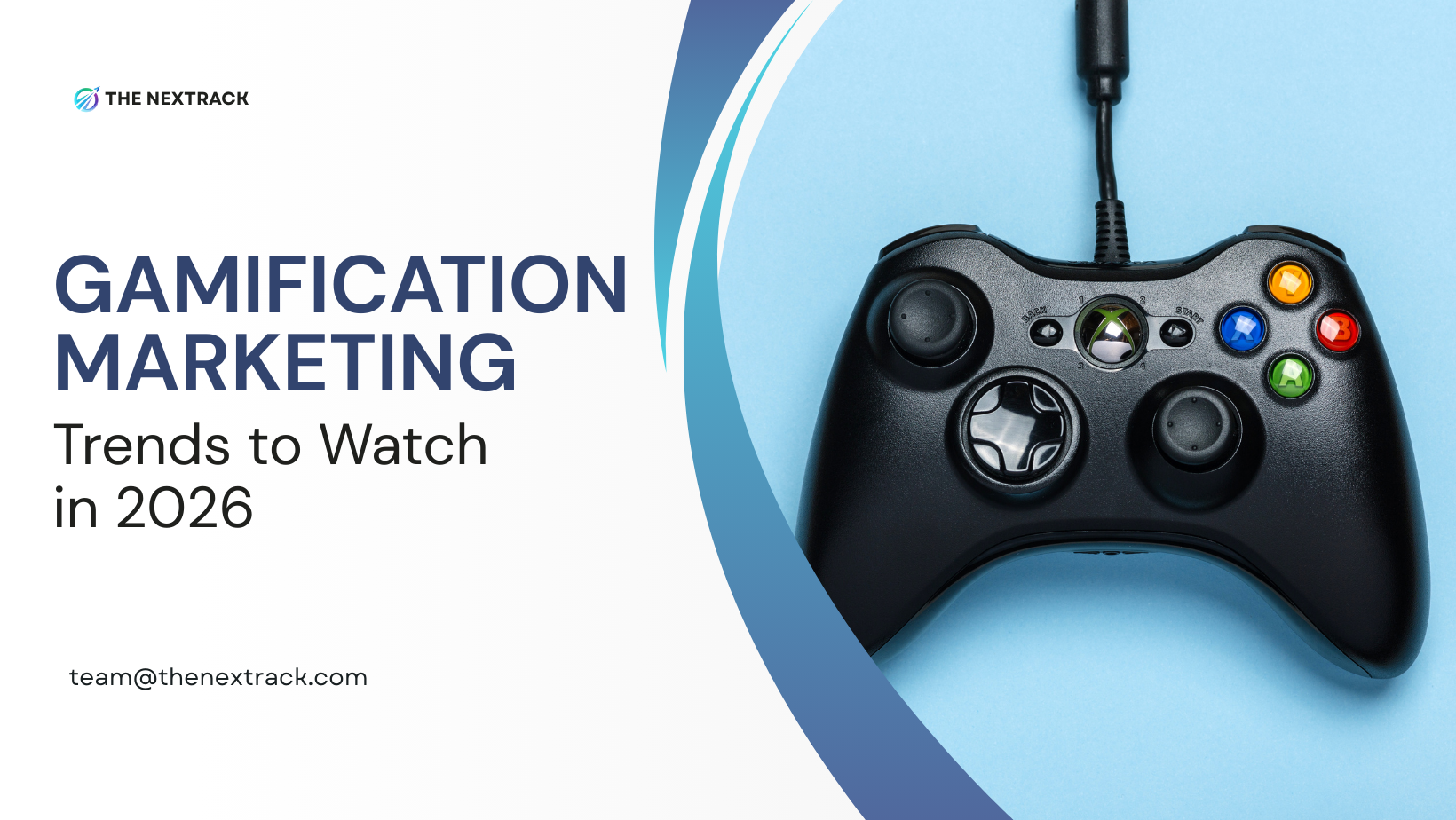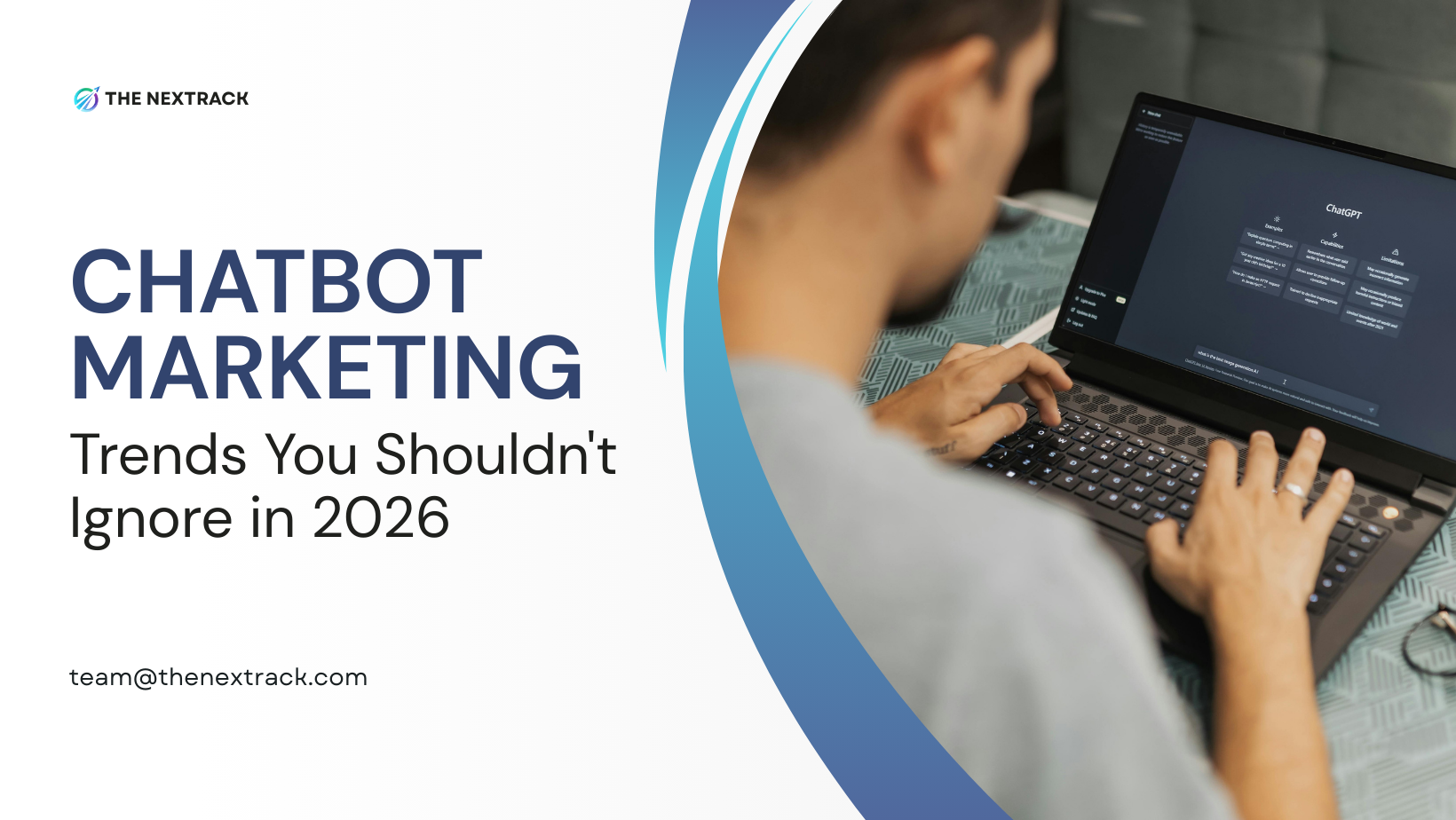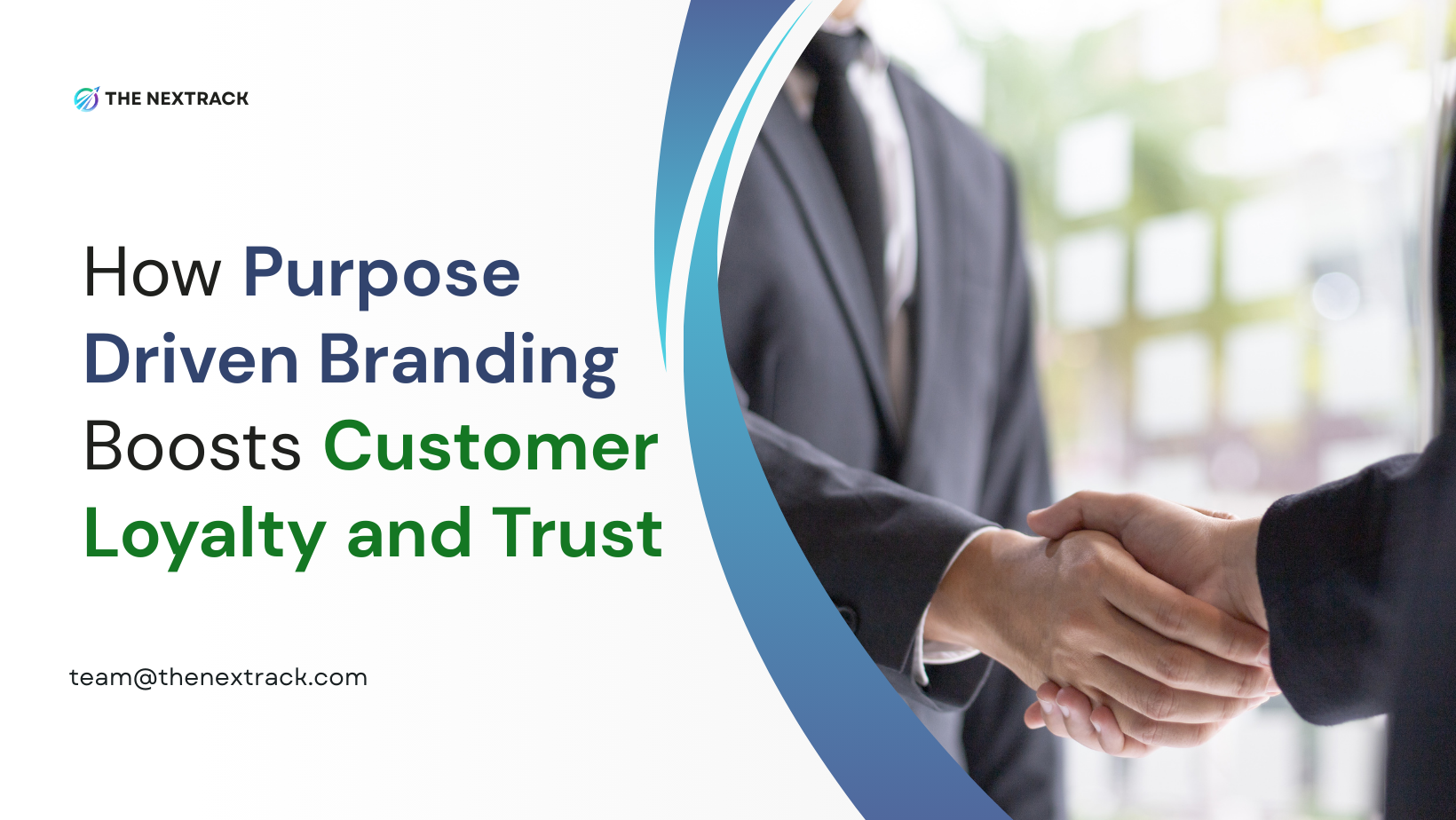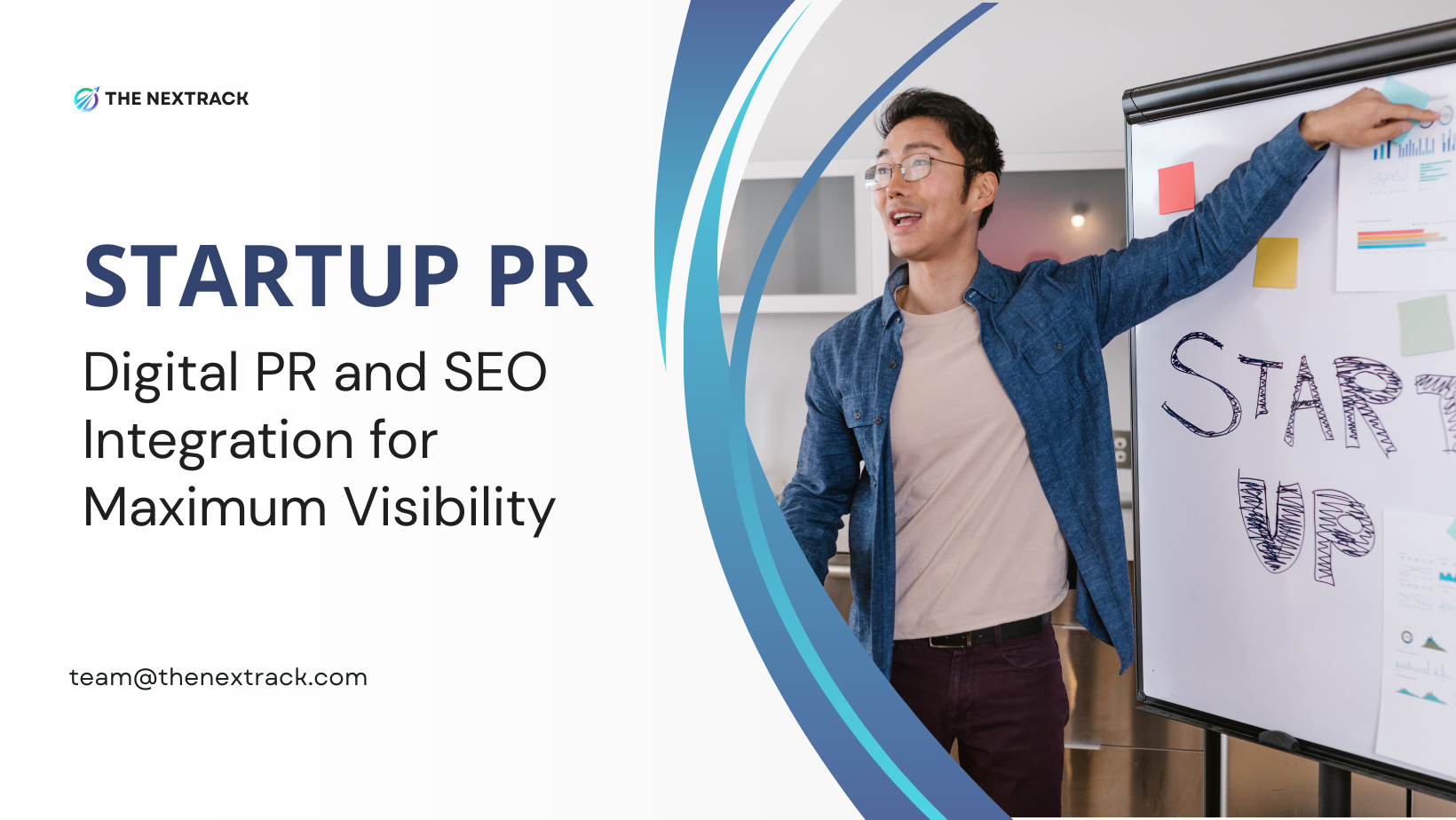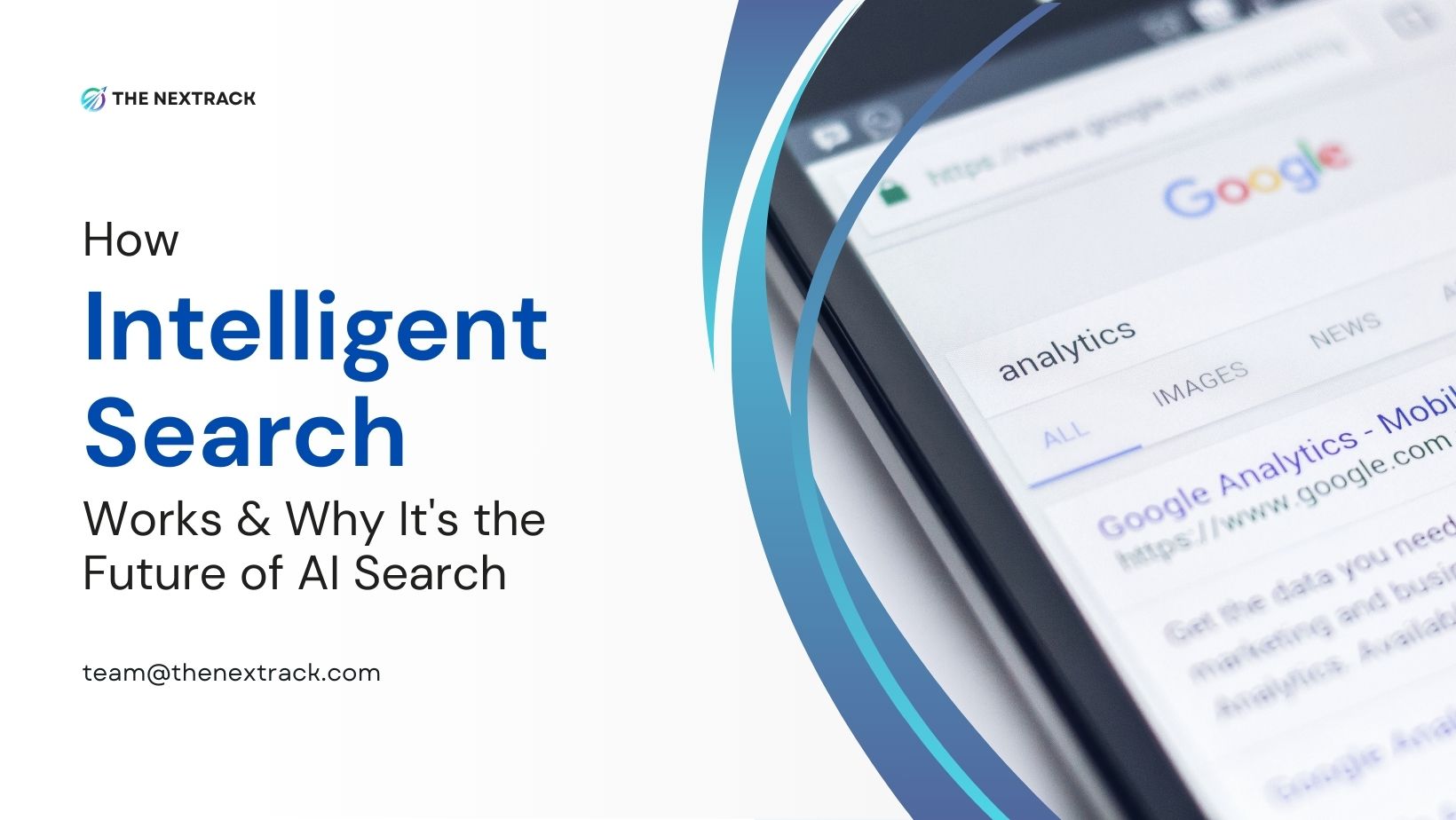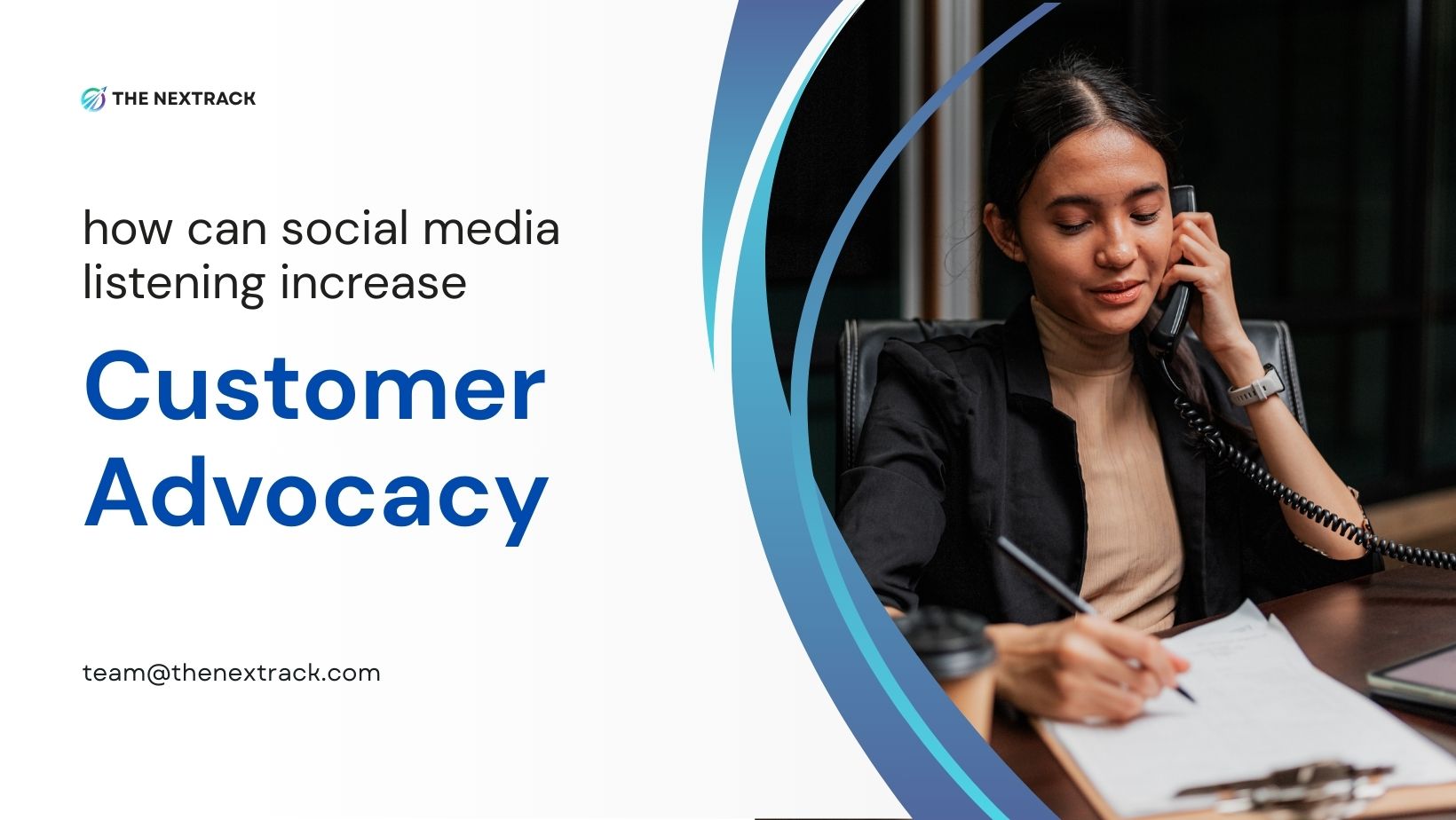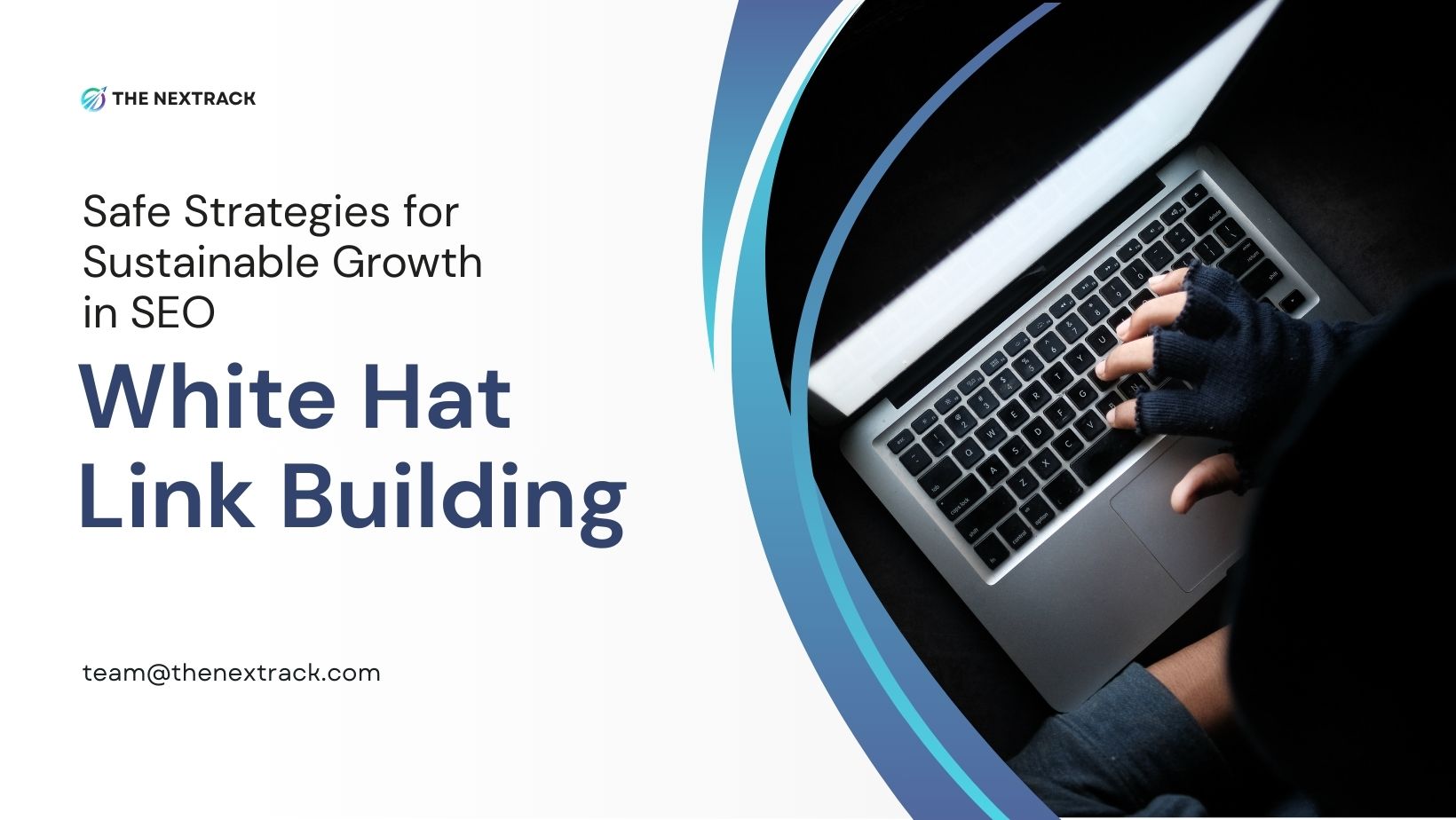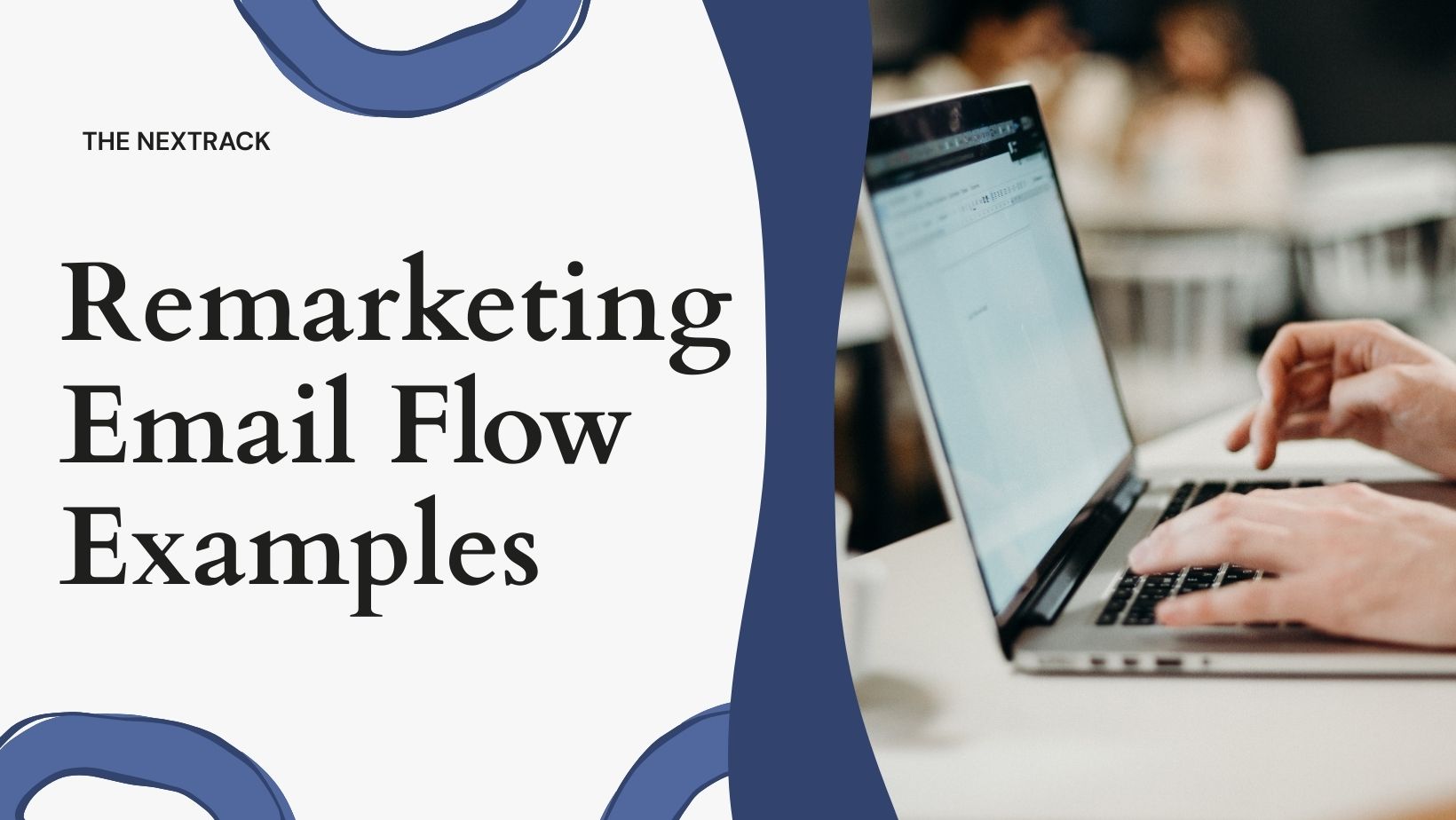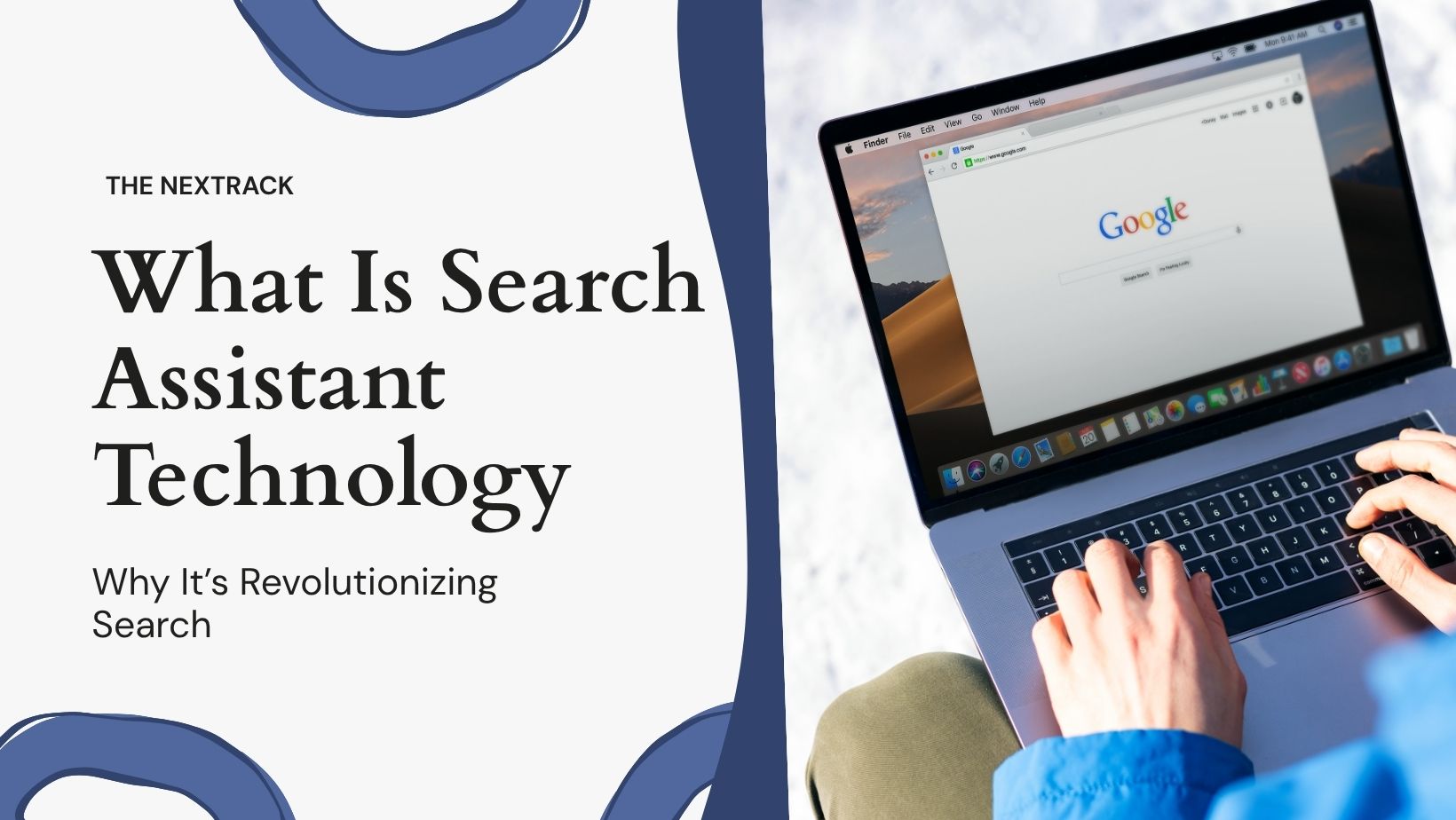Introduction
The gamification marketing landscape is changing at a light speed, with 2026 bound to become a breakthrough year of those brands that will be open to accepting new methods of engaging with clients. In case you have been watching the progress of successful brands in reaching their audiences, you may have noticed that the mere point-and-badge systems are no longer doing it.
I will take you through the most effective gamification marketing trends that will prevail in 2026 supported by actual data, real-life examples, and knowledge of how this applies to your marketing strategy.
Current State: Where Gamification Marketing Stands Today
It is important to know the present momentum before forging into the future trends. Fortune Business Insights state that the gamification market will increase in USD 6.33 billion to USD 89.75 billion by 2019 to 2031 with a staggering CAGR of 24.8% during the forecast period. This is a booming increase that shows that the trends of gamification-based marketing are not mere buzzwords but necessities of the business.
Research indicates that the gamified campaigns can boost the customer engagement by almost 48 percent. More to the point, the businesses also notice tangible returns: gamification has been stated to increase retention by 5 percent, profits by 25 and 95 percent, and deliver better business results in general.
These figures inform us that gamification marketing has ceased to be experimental, and it has become necessary, and even more advanced means may be contemplated in 2026.
Top 10 Gamification Marketing Trends Dominating 2026
1. AI-Powered Hyper-Personalization in Gaming Experiences
Artificial intelligence that will create unparalleled personalization is the largest game-changer in the gamification marketing trends of 2026. By 2026, AI computing capabilities will not just provide hyper-personalization of content on-demand, but creativity in any medium will be automated.
In practice: E-commerce sites that apply AI to generate personal treasure hunting games, where a product suggestion is integrated into a game and rewards are provided depending on individual shopping behavior and preferences.
2. Immersive AR/VR Gamified Experiences
In 2026, there will be heavy use of augmented and virtual reality as part of emerging gamification strategies. Virtual Reality (VR) and Augmented Reality (AR) will transform gamified marketing in the year 2025 by the establishment of truly immersion storytelling experiences. This technology will be more accessible and advanced by the year 2026.
The AI will make AR/VR personalised in real-time and modify the content due to user behaviour or emotion. Brands will build virtual communities of continuing 24/7 environments, stores, lounges, and campuses, where online users can visit anytime, and community and commerce are combined.
Application example: Retail brands developing virtual showrooms where clients are able to engage in scavenger hunts, acquire digital applications and get discounts in the real world by using AR experiences superimposed on actual spaces.
3. Dynamic, Real-Time Content Adaptation
The future of gamification marketing is in systems that are in constant evolution. Rather than the stagnant campaigns, 2026 will be dynamic gamification reacting to the ongoing events, the change of the seasons, the mood analysis of users, and real-time community behavior.
These systems adjust the individual preferences and social elements, narrative elements, and difficulty by using machine learning on aggregate user data and individual preferences.
4. Omnichannel Gamified Customer Journeys
Marketing trends of gamification in the year 2026 will eradicate the silos in a channel. The customers will initiate challenges on social media, proceed with them through email communication, develop through mobile applications, and finish them in physical shops, keeping the steady flow of progress and rewards.
5. Social Gaming and Community-Driven Marketing
The social component of gamification marketing will broaden past mere leaderboards. 2026 trends are collaborative challenges where groups of people will pull together towards shared objectives, peer-to-peer reward mechanisms, and social validation that increase engagement.
The new gamification approaches will involve team based marketing campaigns in which groups of customers work together to gain benefits in the formation of better brand communities and enhancement of lifetime value through social connections.
6. Micro-Moment Gamification and Instant Gratification
The attention spans are getting smaller and smaller and that is where micro-gamification plays a significant role. The future trends of gamification marketing in 2026 are bite-sized gaming experiences, which can be resolved in less than 30 seconds, immediate reward systems, and progressive challenges that accumulate with time through small frequent engagements.
This method will keep the users within time limitations and also keep them engaged with frequent positive reinforcement and recognition of their achievements.
7. Ethical Gamification and Transparency
With the maturity of gamification marketing, consumers are becoming increasingly conscious of the area of manipulation. The future of gamification marketing involves open systems, moral systems of rewards, and the control of their gaming by the user.
The brands will have to strike the balance between engagement and respect of the user autonomy, introduce the opt-out mechanisms, well-defined progression rules, and the ability to be truthful about data usage and reward systems.
8. Data-Driven Performance Optimization
In 2026, marketing gamification trends will be focused much on the measurable results. The advanced analytics will monitor not only the engagement metrics but also the emotional reaction, the long-term behavioral changes, and ROI in various customer segments.
Companies will have advanced attribution models to know what gamification features create the real business value so that they can optimize it through performance data continuously, instead of guessing.
9. Industry-Specific Gamification Solutions
Instead of universal methods, the industry-specific gamification strategies will be emerging in 2026. The areas of gamification in healthcare will address behavior change and tracking of wellness, the financial one will consider the educational aspects and the ability to meet goals, and the retail sector will revolve around discovery and loyalty creation.These industry-specific strategies recognize the fact that various industries are effective when they use specific psychological triggers and reward systems.
10. Voice and Conversational Gamification
As voice interfaces become more sophisticated, gamification marketing will expand into audio-first experiences. Voice-activated challenges, audio-based storytelling with interactive elements, and conversational AI that guides users through gamified experiences will become standard.This trend opens new opportunities for brands to engage users during commutes, workouts, or multitasking scenarios where visual interfaces aren’t practical.
FAQ Section
Q: What makes gamification marketing different from traditional loyalty programs?
A: Gamification marketing goes beyond simple points and rewards by incorporating game mechanics like challenges, narratives, social competition, and achievement systems. It focuses on intrinsic motivation and emotional engagement rather than just transactional benefits.
Q: Which industries benefit most from gamification marketing trends?
A: While gamification marketing works across industries, retail, healthcare, education, financial services, and fitness see particularly strong results. However, emerging gamification strategies are finding success in traditionally conservative sectors like B2B software and professional services.
Q: How do I measure ROI of gamification marketing?
A: Track metrics including user engagement time, completion rates, repeat participation, customer lifetime value, retention rates, and direct revenue attribution. Use A/B testing to compare gamified vs. non-gamified experiences for clear ROI measurement.
Q: What are the biggest mistakes brands make with gamification?
A: Common errors include over-complicating mechanics, using generic rewards, ignoring user feedback, focusing on engagement over business outcomes, and failing to maintain fresh content. Successful gamification marketing requires ongoing optimization and user-centric design.
The Future is Gamified
The trends of gamification marketing in 2026 are a paradigm shift to involve more entertaining, personalized, and quantifiable customer experiences. The successful brands will be that which consider the business goals and gaming psychology into a well-considered experience that is worth having, and not predatory. The future of gamification marketing is not in the ability to add game components to the already existing strategies but in the ability to rethink the way of customer engagement in terms of play, achievement, and community. By 2026, the only question that will matter is not whether or not to embrace gamification, but rather how fast you can apply these trends in a way that will yield results.

